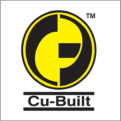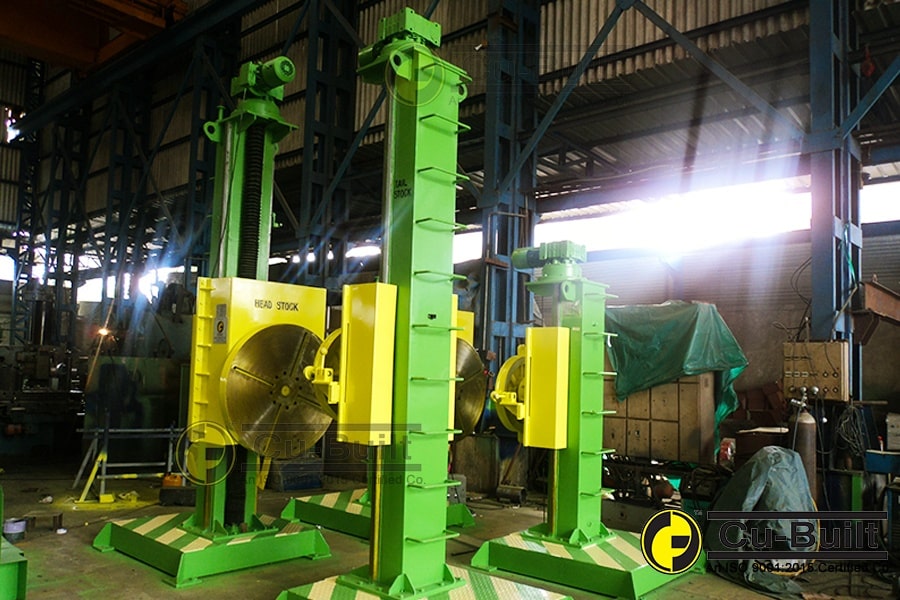Optimize Workpiece Handling with a Head and Tail Stock Lifting Arrangement
In heavy-duty welding and fabrication environments, positioning large and bulky components can be challenging. A Head and Tail Stock Lifting Arrangement offers an effective solution for rotating and lifting long or irregular workpieces with precision and safety. This setup enhances workflow, improves weld quality, and significantly reduces manual handling risks.
What is a Head and Tail Stock Lifting Arrangement?
A Head and Tail Stock Lifting Arrangement consists of two synchronized lifting units placed at opposite ends of the workpiece. These units—commonly referred to as the headstock and tailstock—work together to lift, rotate, and hold materials such as beams, pipes, or large metal structures during fabrication or welding. The system allows for controlled movement, making it easier to access different angles without moving the part manually.
This lifting mechanism is especially useful when handling components that are too long or too heavy for traditional welding positioners or rotators. The arrangement provides improved load balancing, reducing the risk of stress or distortion during operations.
Advantages in Fabrication and Welding
Incorporating a workpiece lifting and rotation system into your facility helps streamline the material handling process. It enables safe and efficient lifting of large workpieces, providing access to hard-to-reach areas for welding or assembly. Operators can rotate the workpiece horizontally or vertically, depending on the design of the lifting system.
This arrangement is particularly valuable in industries such as shipbuilding, aerospace, energy equipment manufacturing, and structural steel fabrication, where precision and safety are critical.
Using this equipment also improves ergonomics. Workers experience less fatigue, and the likelihood of accidents caused by manual lifting or unstable setups is minimized. Furthermore, automation compatibility makes it easier to integrate the system into advanced fabrication lines and robotic welding cells.
Conclusion
A workpiece lifting and positioning system is a must-have for modern fabrication shops that deal with oversized or awkwardly shaped components. It enhances safety, precision, and efficiency while allowing for full control over the lifting and rotation process. Whether you’re working on wind towers, pressure vessels, or structural assemblies, this system ensures smooth handling from start to finish.

